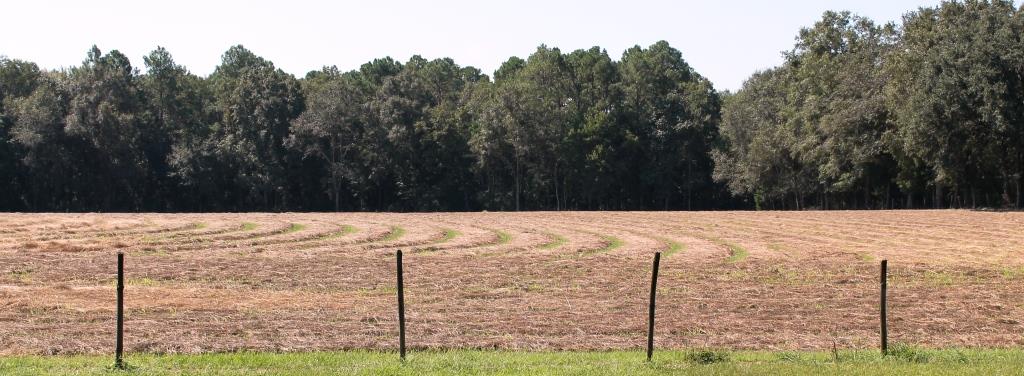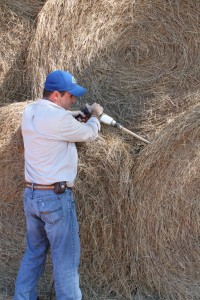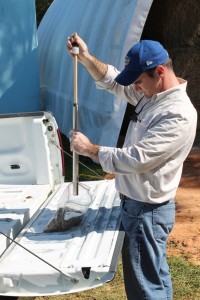As we all know, it was abnormally wet this summer across the Panhandle. The overabundance of moisture caused a myriad of problems and complications for our row crop producers. Additionally, the wet conditions all but stopped hay production this summer.
While farmers and ranchers were watching and hoping for a break in the rain the hay fields continued to grow and become more and more mature. As grass becomes more mature its digestibility decreases. In addition to the decrease in digestibility associated with the overly mature grass the actual nutrient content of the grass was likely affected by the excessive rains. This occurs for two main reasons. First, the vast majority of nitrogen fertilizer applied to hay fields in the spring or early summer was likely leached away by all the rains before the grass was able to utilize it. The amount of nitrogen grass is able to uptake has a direct correlation with the level of protein supplied to livestock digesting the forage. In short, the more nitrogen that escapes the grass, the less there is available to show up as protein in the forage. The second factor affecting the grass’s nutrient content is simply the amount of water in the grass. When grasses grow in higher than normal moisture environments they tend to absorb more water. This excess water has a diluting effect on the nutrients in the plant. As the nutrients are diluted by water the amount of nutrients present in a given volume of forage decreases. The more water in a given space the lower the nutrient concentration, in that space, will be. This situation is compounded through the hay making process as nutrients are often lost with water while the hay is curing in the field.
Now that the weather pattern seems to have shifted somewhat, and we are seeing more consecutive dry days, hay production is in full swing throughout the region. It is important to note that due to the factors explained above that the quality of hay being produced is likely lower than is typical of the area. For this reason it is very important to have a nutrient analysis performed on this year’s hay. If it is determined that the feed value of the hay is less than that of years past, the livestock being fed the hay will require additional supplementation. Now is the time to start considering future livestock nutritional needs; while the grass is still growing and supplementation plans can be made. In the winter when cattle condition is declining and performance is suffering is not the time to start considering what additional nutritional supplementation is needed.
Forage samplers and information on where to send hay for analysis are available through your county extension office. A standard forage analysis costs $15. A small price to pay for the information needed to make the correct management decisions. Additional information regarding forage quality and testing is available from the University of Florida online: Forage Testing and Defining Forage Quality.
- Peanut Maturity Update – 10/9/25 - October 10, 2025
- Fall Can be a Great Time for Vegetation Management - October 3, 2025
- Peanut Maturity Update – 9/25/25 Edition - September 26, 2025



